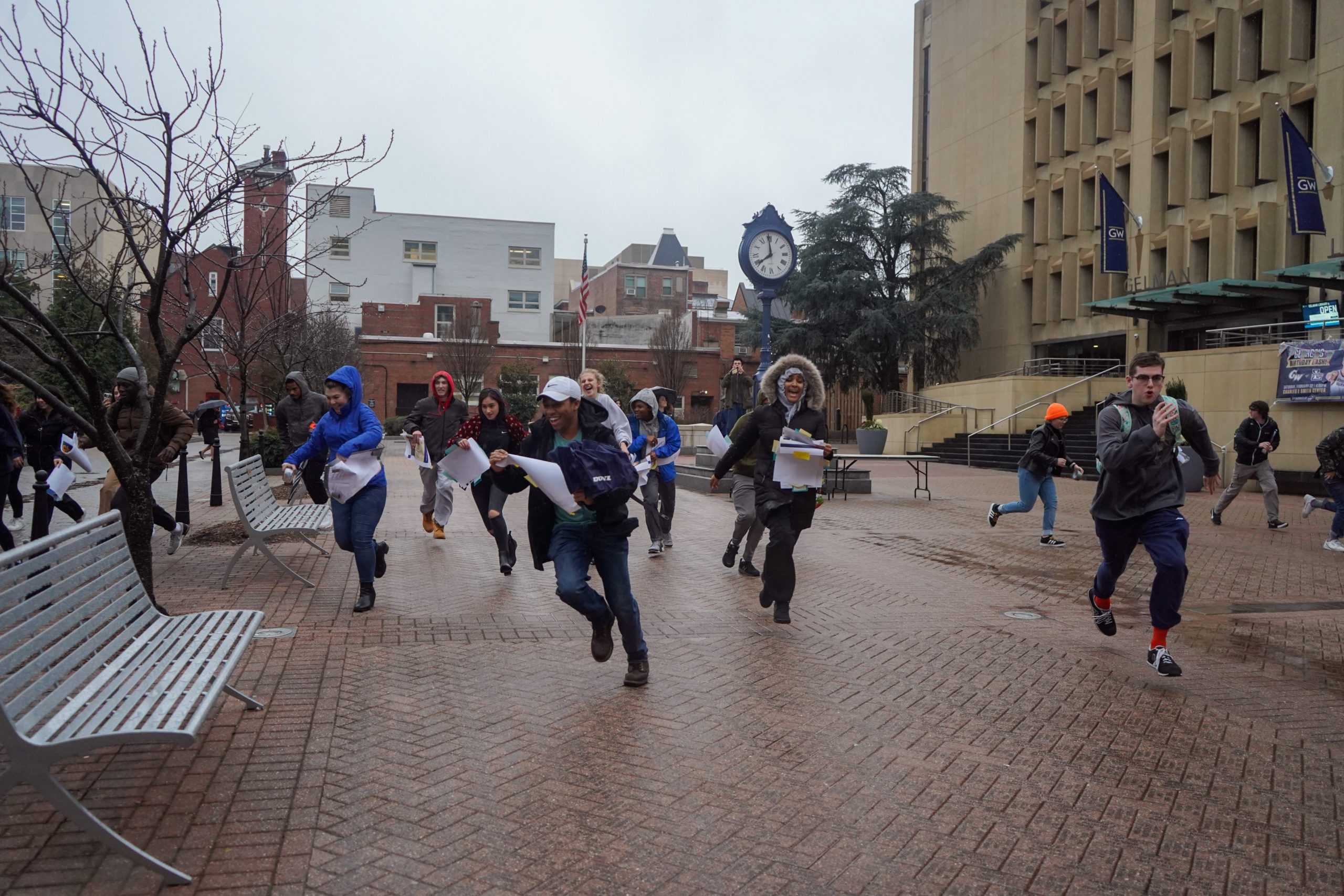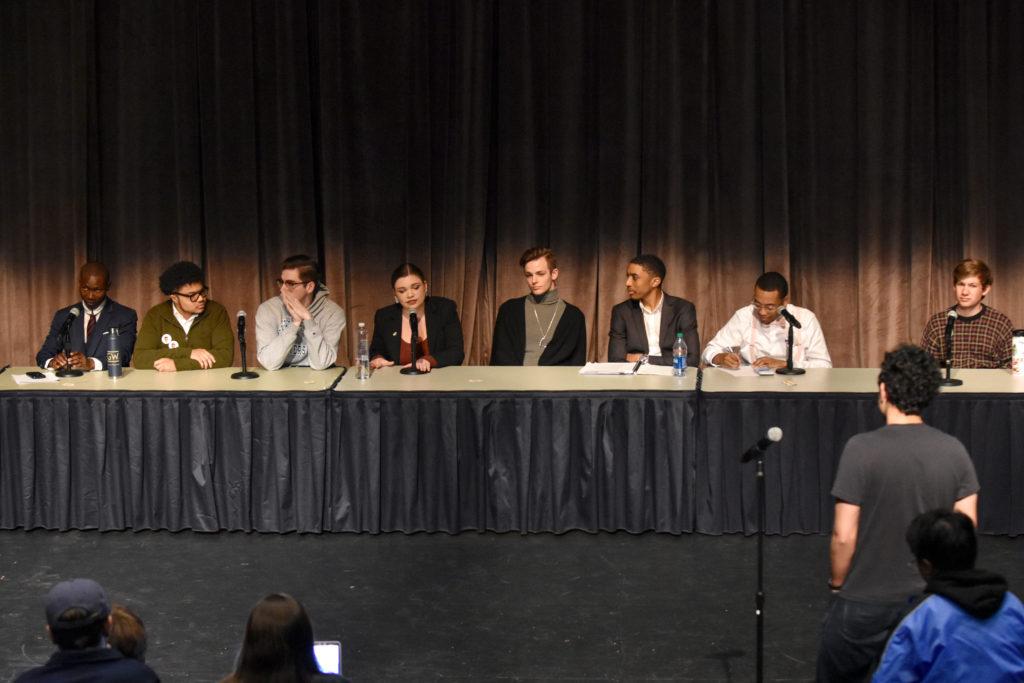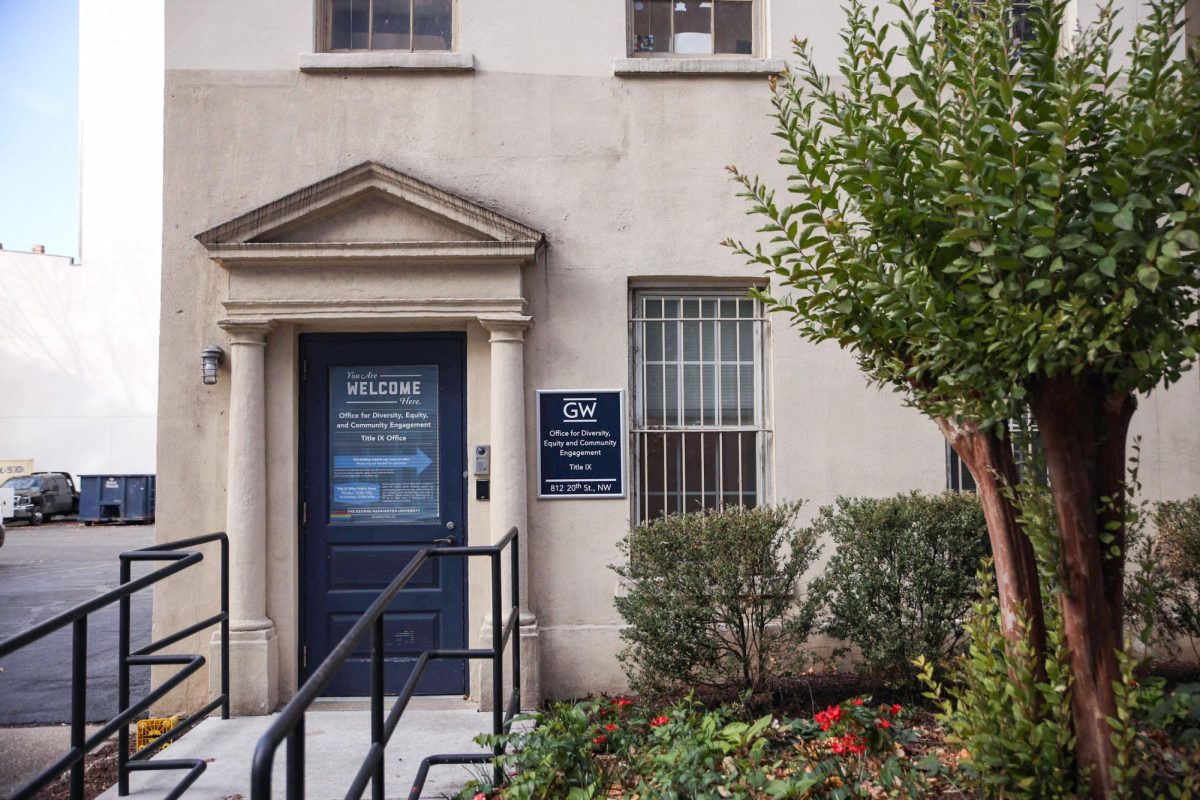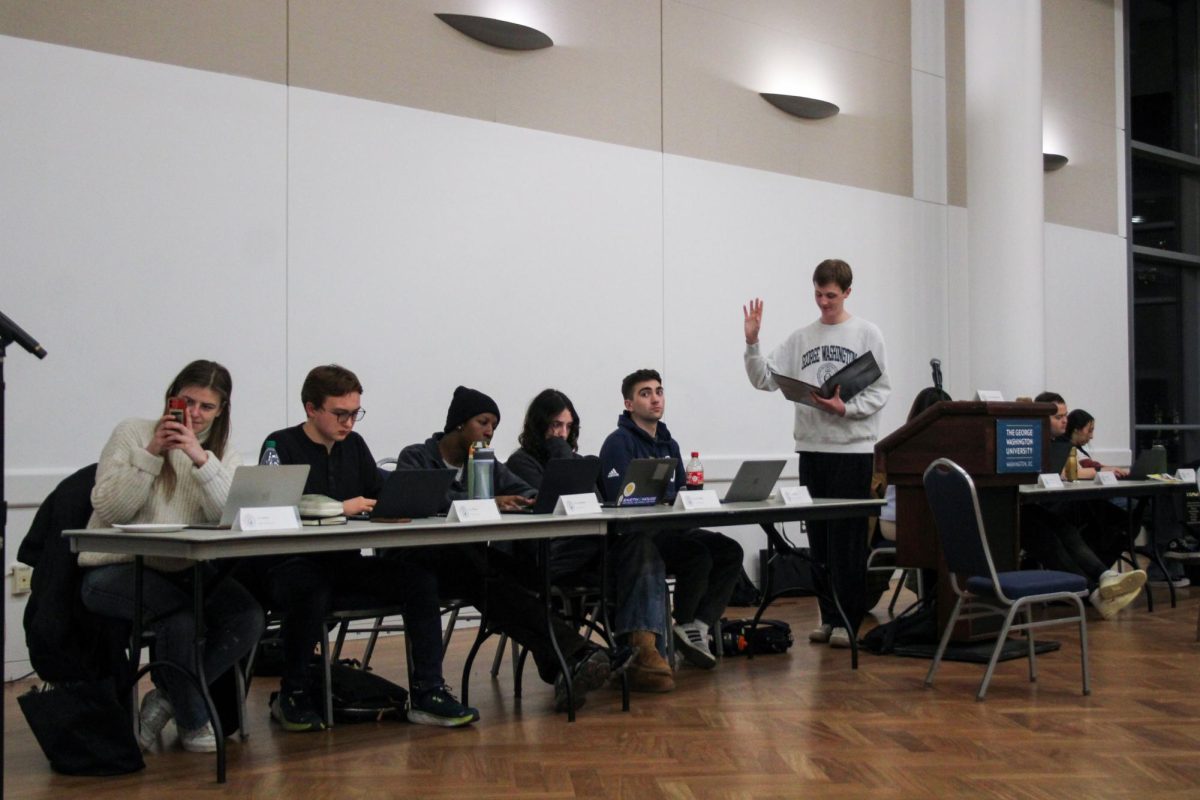The greatest number of students in nearly a decade are vying for Student Association president and executive vice president.
Six students are running for SA president and two candidates are campaigning for executive vice president, the greatest number since 12 students ran in 2011. SA leaders said more students were likely enticed to run this year after seeing an SA outsider win and lead as president this past year and major campus issues begin to gain traction, like fossil fuel divestment.
“I think you’ve seen a big push for the student voice to be a part of the process this year,” SA President SJ Matthews said. “And I think that does have a correlation with the number of students who are willing to step up and run for SA president.”
Every candidate vying for a president or executive vice president seat this year has voiced their support for the divestment of fossil fuels, and seven of the candidates included divestment as a specific policy point in their platforms.

File Photo by Sabrina Goodwin | Staff Photographer
The eight candidates running for SA president and executive vice president make up the largest field students have seen in nearly a decade.
Matthews added that the influx of candidates may have been a result of students seeking conversations with officials about top-level decisions as the University evaluates its campus plan and holdings in the fossil fuel industry. The Board of Trustees created a task force to explore the feasibility of fossil fuel divestment following student protests.
She said initiatives laid out in University President Thomas LeBlanc’s strategic plan, like decreasing student enrollment and growing the STEM program, may have motivated students to run so they can speak up against the plan. Students have expressed frustration about the strategic plan, saying it does not include plans to address sustainability and campus diversity.
Matthews said the increased number of candidates provides more options for students to select a candidate they feel best represents them, adding that the new ranked-choice voting system this year will better organize the election.
Under the new system, the candidate who is ranked No. 1 the fewest number of times will be eliminated after the first round, and any votes ranking that candidate in the top spot will be redistributed to the candidate listed as a second choice.
“I think you’re really giving the student body a really awesome group of people to choose from,” Matthews said.
Matthews added that more students may run again because this year’s pool includes five sophomores and one freshman who could campaign again.
“I’m excited to see so many students who have not been in the SA for a long time or maybe used to be in the SA or haven’t been at all,” Matthews said.
SA Executive Vice President Amy Martin said acts of discrimination like racist Snapchats and anti-Semitic instances in recent years could have pushed candidates to seek positions in which they can represent all students.
“Whether those be positive or negative things, we’ve just kind of had a very active year as a campus, and you never know what’s going to inspire somebody to step up and want to become a leader among their peers,” Martin said.
Student activists protested the University’s investment in the fossil industry, held town halls and created task forces to mitigate acts of racism or anti-Semitism and called upon LeBlanc to include sustainability in the campus plan.
Martin said the larger number of candidates in the national Democratic primary election may also have encouraged more students to run in the SA elections, as GW is known for its politically active student body.
“We are a very politically active campus so when politics themselves become more active and we see more campuses get involved,” she said. “I wouldn’t be shocked to think that that’s part of the reason we’re seeing a similarity on our own campus.”
Kyle Piekarski – the chairman of the Joint Elections Commission, the body which oversees SA elections – said the large pool of candidates reflects the “structural” makeup of the SA. Seven of the eight candidates have been involved in the SA for a year or more and are trying to move up the SA ladder, he said.
“There sort of hasn’t been a coalescing around any particular candidate and a lot of people are having the chance to put their ideas forward,” Piekarski said.
He said candidates with limited or no SA experience also might have felt empowered to run this year after Matthews won the 2019 election as an “outsider” who was less involved in the SA than other candidates.
“They have that proclivity– being enthusiastic, being upbeat and positive messages– I think all of our campaigns this year show that as their focus,” he said.








